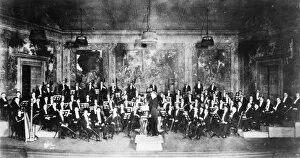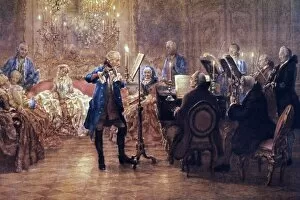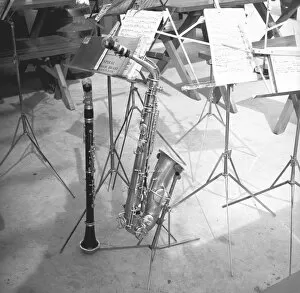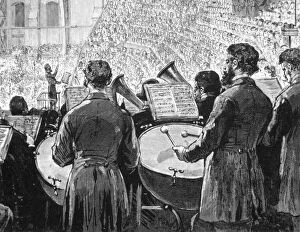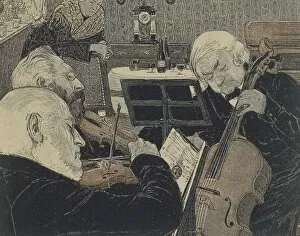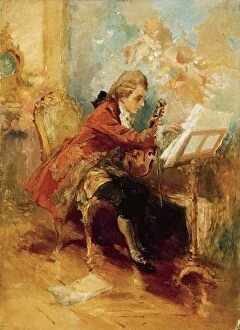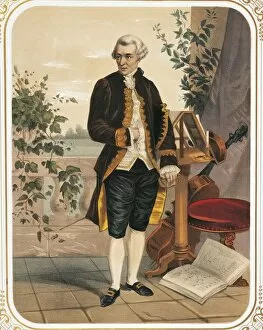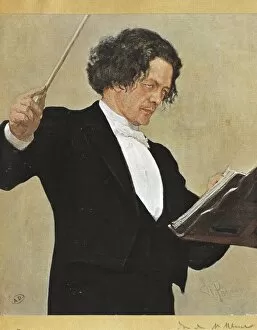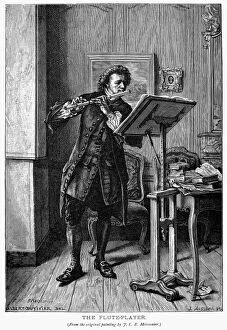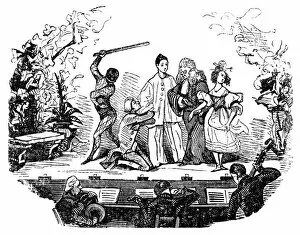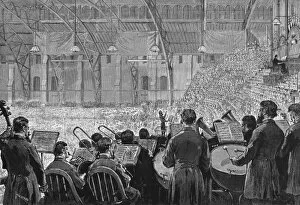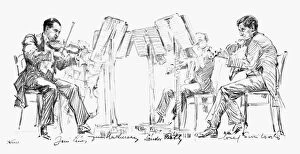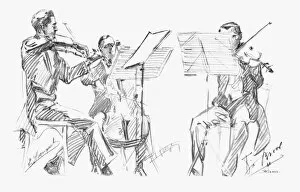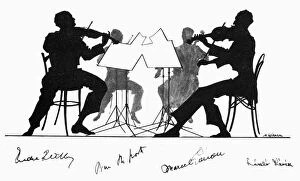Music Stand Collection (#7)
"Music Stand: A Timeless Companion to Musical Masterpieces" From the elegant string quartets of 1846 to the lively brass quintet performances by the Distin family
For sale as Licensed Images
Choose your image, Select your licence and Download the media
"Music Stand: A Timeless Companion to Musical Masterpieces" From the elegant string quartets of 1846 to the lively brass quintet performances by the Distin family, music stands have been witness to countless harmonious moments throughout history. In an enchanting wood engraving from 1867, Winslow Homer captures the essence of musicians engrossed in their craft, relying on a trusty music stand for support. Even royalty found solace in the melodies emanating from their instruments. Prince Frederick Louis, Prince of Wales, gracefully played his cello at Kew Palace between 1733 and 1750. The image immortalizes a time when music stands were not only practical but also symbols of refinement and artistic expression. Moving forward in time, Mme Valtat and her son are depicted with a banjo in hand. This oil painting from 1925 showcases how diverse musical genres embraced the humble yet essential presence of a music stand. Whether it be classical compositions or spirited tunes, this simple tool served as a steadfast companion for musicians across all genres. The Band portrayed in an oil painting from 1949 demonstrates that even large ensembles relied on these sturdy structures during their captivating performances. As each musician focused intently on their sheet music resting upon their respective stands, they created symphonies that resonated deeply within listeners' souls. Not limited to Western culture alone, Japanese theater actors such as Bando Matakuro IV and Segawa Kikunojo III utilized music stands during mesmerizing performances dating back to the late eighteenth century. These illustrations by Torii Kiyonaga capture both grace and intensity as these talented artists brought characters to life through song and dance. Intriguingly enough, even pianists like Virginia Kennady recognized the importance of having sheet music displayed prominently before them while playing intricate compositions around 1939.

